AA Metatron – Sovereignty Seal – Root chakra, Base Chakra, Muladhara healing, Everything you Ever Wanted to Know about Your Root Chakra, music, food, mantras, vibrations remedies, Adrenal Gland reasons for emotional issues and so much more
Greetings My Beloved Masters of the Universe! In my previous message to you I spoke about the Sovereignty Seal that I have received from Achangel Metatron. If you’ve missed my previous message please click here. At this very important and pivotal time we are being assisted by all the loving and supportive energies entering our planet, by our guides and ascended masters, by angels and archangels, by our galactic counterparts, by our higher selves and The Source of All That Is – GOD. As we enter the new age we must cleanse our palates, balance everything out and make room for new that is about to come into our lives. To help you do so, I’ve put together a Freedom Journey Karmic Release Online Course which is available for all of you to take right now, if you haven’t taken this life changing course just yet, please click here for more information.
In this article we will cover everything related to the Root Chakra, here you will discover if your root chakra is out of balance and why, what the root chakra is, how color affects it, and what it is responsible for, we will talk about the emotional components of your adrenal issues, what remedies you can use to help your adrenals, which essential oils can help bring your root chakra into balance, which mantra and mudra to use during your meditation, which yoga pose works best for opening and balancing your root chakra, what food to eat to nourish your root chakra, the aromatherapy essential oils that can help in healing your root chakra, which gemstones can help in bringing your root chakra into balance, various vibrational remedies such as flower essences and various gem elixirs, as well as homeopathic remedies that can truly help balance out not only your root chakra but bring balance to your entire body and mind. And finally I will share a very special guided meditation with you which was made specifically for this Sovereignty Seal Series Journey.
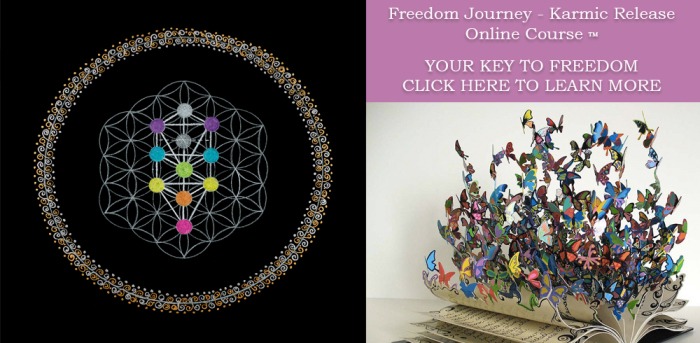
FREEDOM JOURNEY KARMIC RELEASE COURSE – The reason that I have put this course together for you is to give you the tools not only to understand what karma is, not only to get yourself off the Karmic Wheel of Life, but to find the FREEDOM of thought. This is a life changing course, a course that should help you move away from the outdated belief systems of your parents, grandparents, society, etc., and help you to find your own inner voice, the voice of truth. This course will help you shed the layers that you have allowed yourself to be encapsulated into by your upbringing. It will help you to dive deep within and release all the triggers that are holding you back from aligning yourself with the life that you are meant to live! This course will help you unlock the mystery of your heart. Get to the bottom of your issues, and let it all go. https://annamerkaba.mykajabi.com/
In this step we will begin to work with one part of the Sovereignty Seal, which is our chakra system. We will journey through each of the chakras. In this series you will learn how to recognize which chakra is out of balance and the various ways that you can balance your charka, such as mudras, what to wear and what to eat. I will also share a special meditation with you that has been created in collaboration with a beautiful soul by the name of Kanika Monkatia . Here you will also learn which vibrational remedies will help to keep your chakra in balance, which gemstones to use, affirmations, mantras, how color affects your chakra and so much more.
This is a comprehensive series of articles to help you learn as much as you can about various ways of harmonizing each of your chakras, keeping them balanced and how doing so will help you to be more vibrant, happy and healthy! I would also love to hear your experience with this step, so please share your experience with working on your root chakra with all of us by commenting on this post, the more we share with each other, the more we will learn and help each other on this beautiful journey of self discovery! Are you ready? Let’s begin:
A journey through the seven chakra colors is essentially a journey through the rainbow. Each of your seven chakras has a corresponding color that follows the colors of the rainbow: red, orange, yellow, green, blue, indigo, and violet (or white). This is the most widely accepted color system for your chakras.” Simona Sebastian states “In my experience, the colors are not stable and permanent as you would see colors in a picture. The colors are fluid, constantly changing just as your emotions change. The chakra colors can be muddy, faded with very little color present, or even too saturated – too bright. The color of a chakra indicates your current physical, emotional, and spiritual state. We all recognize the connection between color and emotion. It is reflected in our language and there is even a branch of psychology, called “color psychology”, that deals specificaly with color and its emotional impact. (Source: www.charka-anatomy.com)
There is much you can learn about yourself by learning about color. Color provides you with a mirror of your emotions. What is your favourite color? Do you wear certain colors of the spectrum more often? Do you avoid certain colors? What do you feel in your body when you see red color? Or blue color? Color is a universal language – it is simple and yet very profound. Before we delve into exploration of color psychology and the meaning of chakra colors, let’s explore the science of color.
What is color? The visible light spectrum is part of the electromagnetic spectrum and its wavelengths range approximately from 380 – 740 nm. Color is a wave travelling through space. Depending on the wavelength, the space between the peaks – measured in nanometers nm, our eyes register different colors.
Sine Wave – is the measurement of energy, used to depict frequency, vibration, and waves. It is a waveform, a single frequency repeated indefinitely in time.
| The Visible Light Spectrum | ||
| Color | Wavelenght nm | Frequency THz |
| Red | 625 – 740 | 400 – 484 |
| Orange | 590 – 625 | 484 – 508 |
| Yellow | 565 – 590 | 508 – 526 |
| Green | 520 – 565 | 526 – 606 |
| Blue | 500 – 520 | 606 – 670 |
| Indigo | 435 – 500 | 670 – 700 |
| Violet | 380 – 435 | 700 – 789 |
How does this relate to your seven chakras?
Each of your chakras is vibrating at a particular frequency and responds to different vibrations (or wavelenghts) of light. As you may have already guessed, the root chakra is vibrating at a frequency within the 400-484 THz range, the sacral chakra within the 484-508 THz range, solar plexus chakra within the 508-586 THz range, etc. Within these frequencies and wavelengths, each color contains information on several different levels:physical, mental, emotional, and spiritual. This information can be used in chakra balancing and chakra healing. There is no single color that has more value than the other. The color is simply what it is – an aspect of the visible light spectrum with its particular frequency.
ROOT CHAKRA
The first of the seven energy centers, Muladhara is also the most dense of the seven chakras. The main color of this chakra is red which is also the most dense color of all chakra colors.
Red is the slowest of all the wavelengths within the visible spectrum, yet, it is the most stimulating color. It pulls the retina forward so all of our energy and attention is focused outward. That’s why we use red color for the stop lights and stop signs. The root chakra color commands attention. It signals danger to us. We act immediately. Red is the color of the life force. It is the color of blood and the first color we come into contact when we are born. Red means energy and our connection with the Earth and carries the promise of survival.
On a physical level red is associated with adrenal glands – the glands whose function is associated with the “fight or flight” response – the instinctual survival response. People who are drawn to red enjoy being in their physical bodies and here on earth. The energy of red is masculine, it is dynamic, outgoing, can be somewhat forceful and it is dominant. It commands attention. People who are drawn to red are ambitious, highly practical and oftentimes they are drawn to politics. (Source: http://www.chakra-anatomy.com/chakra-colors.html )
The Root Chakra contains our attitudes about life that have been handed down from generation to generation. It is said to contain the primary 8 cells that have all the knowledge of our creation. It carries our “DNA” of who and what we are. Here you will find the only cells in your body that do not change within your lifetime. It is the Root Chakra that grounds or Roots us in the physical world. It encompasses our stability, our foundation, shelter, and our survival. When we see someone reacting and living from this Chakra, with an excess of energy in this area, we may see someone who is very dictatorial and impatient. Their concerns are very deeply rooted in the material world. Their worries cover areas such as money, possessions, control, and perfectionism. We may also see the opposite due to an energy block. We will see the individual exhibit a lack of energy, a lack of drive, lack of support, a general under functioning.
Is your Root Chakra in balance?
Are you constantly concerned about your safety? Worrying about having enough to survive? Do you experience panic attacks often? Are your adrenal glands and kidneys stressed? Do you experience chronic fatigue? Are you easily sent into shock or flight/fight response? Do you often find yourself unable to follow your own path due to fear of being rejected by your family and friends? Do you get angry easily? What do you do with anger? Do you blow up? Or do you repress it? Do you become depressed? Depression is too much red energy (anger) turned inward. Learning to get in touch with your anger and transform it is an important work of the root chakra.
Survival, being grounded, and unity within family, tribe, group and collective consciousness are main themes of the Root Chakra. Symptoms of the Root Chakra imbalance include shock, fear for physical safety and the fight/flight/freeze response leading to panic.
A person with a sluggish Root Chakra is concerned primarily with their family, tribe or group to the exclusion of others. Such a singular dependence on being accepted by the group can lead to fear of being ostracized.
Another symptom of the Root Chakra is living in the past with an inability to release memories, including debilitating memories of birth, early childhood or other life traumas. Fear of lack fuels either an attachment to possessions – the more I possess, the more I feel secure – or a foundation of scarcity leading to financial difficulties. A person with a weak Root Chakra is often over or under weight, and may have sciatica nerve issues or knee problems. (Source: https://www.treefrogfarm.com/store/root-chakra.html
ADRENAL GLANDS – ROOT CHAKRA
EMOTIONAL COMPONENTS OF YOUR ADRENAL GLAND ISSUES.
One of the glands that are associated with the root chakra is your adrenals. To help you understand the reason that you may be experiencing issues with your adrenals I would like to share an article from Luís Martins Simões book, “Does Your Body Lie?” in which he states the following:
“Adrenal Glands secrete adrenalin, which has an effect on the body on how it consumes energy for immediate consumption. Adrenaline raises the cardiac and respiratory rhythms. The suprarenal glands also secrete hormones that are essential to the body, and also sexual hormones.
These glands are directly linked to the person’s energy. Those who have problems linked to hypoactivity of the suprarenal glands feel tired, lack of energy and loss of libido. The Addsion’ disease is one of these examples.
It is the case of a person who is completely lost, disoriented and far away from other people. This person is afraid of many things, and will not give himself away. He is excessively controlling and has a very yang behaviour. Each human being needs to be part of a group, a herd, in order to live. But the herd does not have to be the same all the time. When one ceases to belong to a community, a group, family or clan, it is possible to join another group we have found, in the meantime. If the person finds another clan, he will stop having problems in his suprarenal glands.
Two examples in the animal world illustrate the problem of hypoactivity of the suprarenal glands very well.
Let us start with sheep.
Contrary to what happens with wolves, where each individual wolf, when part of a pack, is not essential (one wolf leaving the group does not impact on the pack), in the case of sheep, and, more precisely, a sheep herd, any reduction in the number of heads originates a situation of danger. Sheep depend on the group, reason for which they bet on it. The herd cannot attack the wolf, nor run away from it, only gather together. Predators do not attack a herd. What they see when looking at the herd is a huge sheep. The sheep led astray is the one that becomes the prey.
For the lost sheep, the only valid direction is the course that will take it back to the herd. For this reason, the lost sheep stays still. The lost sheep has to focus on itself, and, for this reason, its brain needs to generate a mechanism that calms it down. What the body does then is to act over the suprarenal glands, calming them down and literally draining them. The sheep becomes exhausted as a result. It gets worn out, and then lies down, still. When we see a sheep looking like this, it means it is lost. It is trying not to move any further away from the herd. It waits for it to show up, and, when it happens, then its suprarenal glands come back into force and the sheep runs fast to the herd (hyperactivity of the suprarenal glands), to be part of it and feel safe again. An animal under stress is a very active animal, and the suprarenal glands of an animal under stress are very active. The keywords for problems related to suprarenal hypoactivity are: lost from the group, from the family, from the herd, from the clan or very scared. Key symptoms: extreme tiredness, lack of vitality.
And now the example of salmons that return to the nascent of the river to spawn, around September. The route is tough and the bears are waiting and having a feast. Salmons’ jumps are huge. One of them manages to go over the rock but falls on the side of the river, on the bank, on dry land. It is outside the water. Its life is at great risk. Then it blocks out all the waters kept in the kidneys, in order to store as much water as possible, waiting for a wave to land near where it is. It will also block out the suprarenal glands (which are associated to the kidneys) in order to prevent the production of cortisone and enter into a state of asthenia (major tiredness) so not to move and catch the bear’s attention. This is its only chance of survival away from the clan and in a danger situation.
Problems related to Hyperactivitity of the suprarenal glands (Cushing’s disease or Conn’s disease) are also provoked by fears. Excessive fear of things that have not yet happened, but which the person is afraid may happen.
Luis has a lot more information to share with all of us in his upcoming seminar which you can learn more about by clicking on this link: https://luismartinssimoes.com/en

Arch Angel Michael’s tool works on Throat Chakra and Base Chakra simultaneously. We all know that AA Michael is an angel of truth, courage, strength, protection. AA Michael is represented by the BLUE color which is what you see on this tool, represented by Blue Topaz. This tool also incorporates the energies of the Base Chakra represented by Red Garnet. The reason is to activate your Base Charka stabilizing you in order to allow you to speak your truth, be courageous and feel at peace with your surroundings. This is a HIGHLY powerful tool, which is great to use when you need extra protection that only AA Michael can offer. Once again it works primarily on your Throat Chakra, but offers you overall protection and strength to get through whatever obstacle stands in your way. To learn more about the power of AA Michael Disc please click here. https://natalyaankh.myshopify.com/products/arch-angel-michael-disc
Here is a short list of remedies that are helpful to restore your adrenals.
Please note that I am not a doctor and only sharing this information with you from personal experience.
- Rehmania Extract – Traditionally, Rehmannia is used to treat anaemia, palpitations, osteoporosis and adrenal fatigue. It is thought to nourish the blood and tonify the life force (jing), and reverse premature greying hair due to blood loss.
- Ashwagandha – Ashwagandha is used for arthritis, anxiety, bipolar disorder, attention deficit hyperactivity disorder (ADHD), balance, obsessive-compulsive disorder (OCD), trouble sleeping (insomnia), tumors, tuberculosis, asthma, a skin condition marked by white patchiness (leukoderma), bronchitis, backache, fibromyalgia, menstrual problems, hiccups, Parkinson’s disease, under-active thyroid (hypothyroidism), and chronic liver disease. It is also used to reduce side effects of medications used to treat cancer and schizophrenia. Ashwagandha is used to reduce levels of fat and sugar in the blood. Ashwagandha is also used as an “adaptogen” to help the body cope with daily stress, and as a general tonic.
- Siberian Ginseng – Some people use Siberian ginseng to improve athletic performance and the ability to do work. They also use it to treat sleep problems (insomnia) and the symptoms of infections caused by herpes simplex type 2. It is also used to boost the immune system, prevent colds, and increase appetite. A herb that is adrenal supporting and increases stamina. It is much less stimulating than panax ginseng but it still helps with chronic fatigue, memory issues, lowered immunity, and blood sugar irregularities. Usually well tolerated.
- Rhodiola – is an adaptogenic herb known for its capacity to alter hormones and has been found to: … A 2000 study showed that Rhodiola improves mental performance and fatigue levels of students around exam periods. (20) Decrease cortisol levels. Since stress is a major contributor to fatigue, helping your body better manage stress represents an important way to help combat fatigue. Rhodiola rosea extracts have been found to improve key stress-related features of prolonged and chronic fatigue, including attention, cognitive function, and mental performance.
- Licorice – Licorice is an anti-stress herb known to increase energy, endurance and vitality, and act as a mild tonic. It has been used to stimulate the hormones for anti-inflammatory action, as well as naturally fortify cortisone levels–arguably the most important hormone in stress and adrenal fatigue.
- Black Sesame Butter – According to Dr. Rupali Dutta, Chief Nutritionist, SmartCooky, “Black sesame seeds are a good source of energy due to the high fat content. They contain healthy fats like polyunsaturated fatty acids and Omega-6. They also contain fiber, iron, calcium, magnesium and phosphorus. Black sesame seeds promote digestive health. The seeds relieve indigestion and constipation. They contain healthy oils which help lubricate the intestines. The seeds also provide the dietary fiber necessary for healthy digestion. Nourishes the Kidneys.
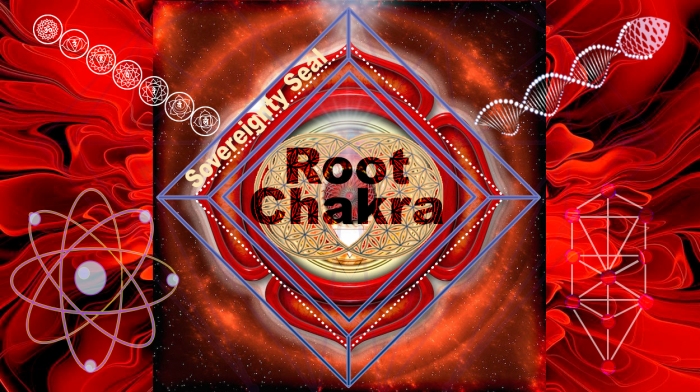


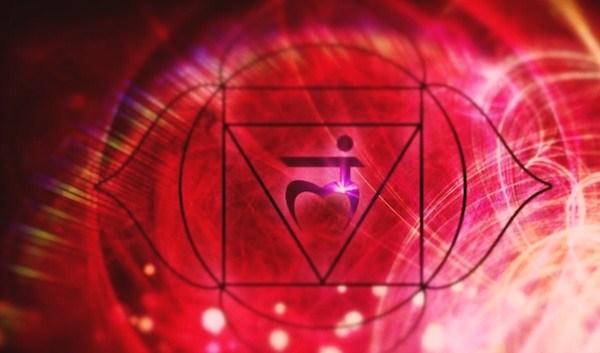

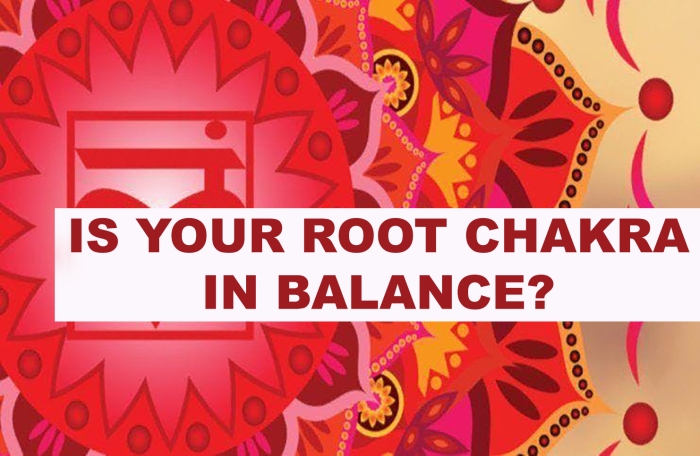
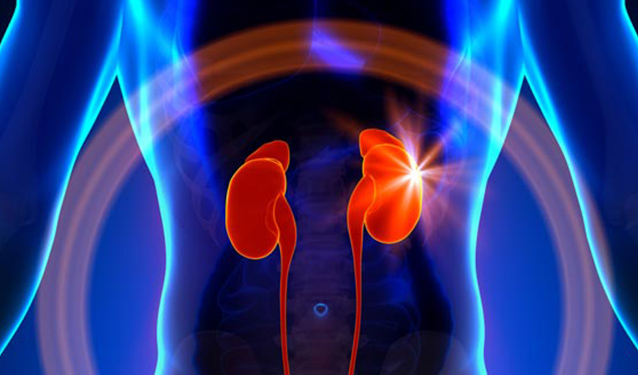
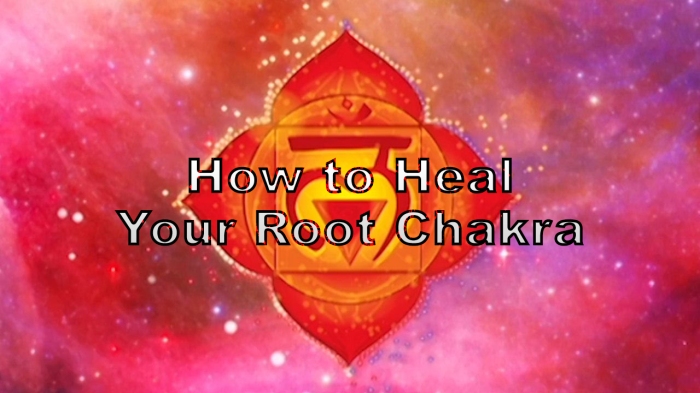


Comments